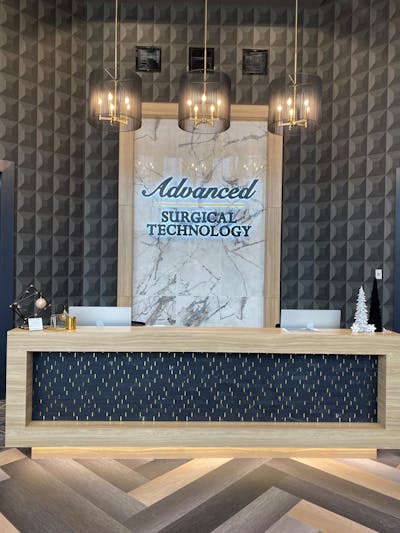Venous disease is an array of conditions affecting the circulatory system, each of which can present a range of symptoms.
Types of venous disease symptoms
- Spider veins: Spider veins are not a health risk but are unsightly and can be embarrassing. This condition appears as a “spider-like” network of veins that appear on the face or body.
- Blood clots: Blood clots can develop in any area of the body and pose a risk to your health, as they limit blood flow, and if released into the bloodstream, are dangerous.
- Varicose veins: The bulges of varicose veins come about when a blood vessel has become enlarged and is overfilled with blood. Veins have one-way valves that can fail, allowing the blood to pool rather than healthily moving through your system. This problem causes the veins to become enlarged and bulge, often bringing pain and discomfort.
- Bulging veins: A bulging vein could develop due to thrombophlebitis, a condition in which a blood clot forms and blocks blood flow through a vein. A bulging vein may also be related to aging, lack of exercise, pregnancy, or defective valves in the vein, called varicose veins.
- Leg pain, aching, or heaviness: Superficial venous insufficiency is a condition in which the blood in the legs is not being pumped back to the heart correctly.
- Skin discoloration: The skin can become red, darker, thickened, scaly, or swollen due to venous disease. The blood, unable to return correctly to the heart, can pool and leak into the tissues, causing discoloration, inflammation, and swelling. The color is the result of the oxidation of the iron in the blood.
- Itching, red rash, or flaking skin: A condition called stasis dermatitis can be related to venous disease, resulting from poor circulation. This condition may be called gravitational dermatitis or venous eczema.
- Leg swelling or cramping: Chronic venous insufficiency is a condition in which the blood in the legs is unable to return to the heart as occurs with healthy veins. This condition can be related to excess weight, trauma, or could be an inherited condition.
- Ulcers or sores on legs: Chronic venous insufficiency can lead to the development of ulcers or sores on the legs that do not heal.


